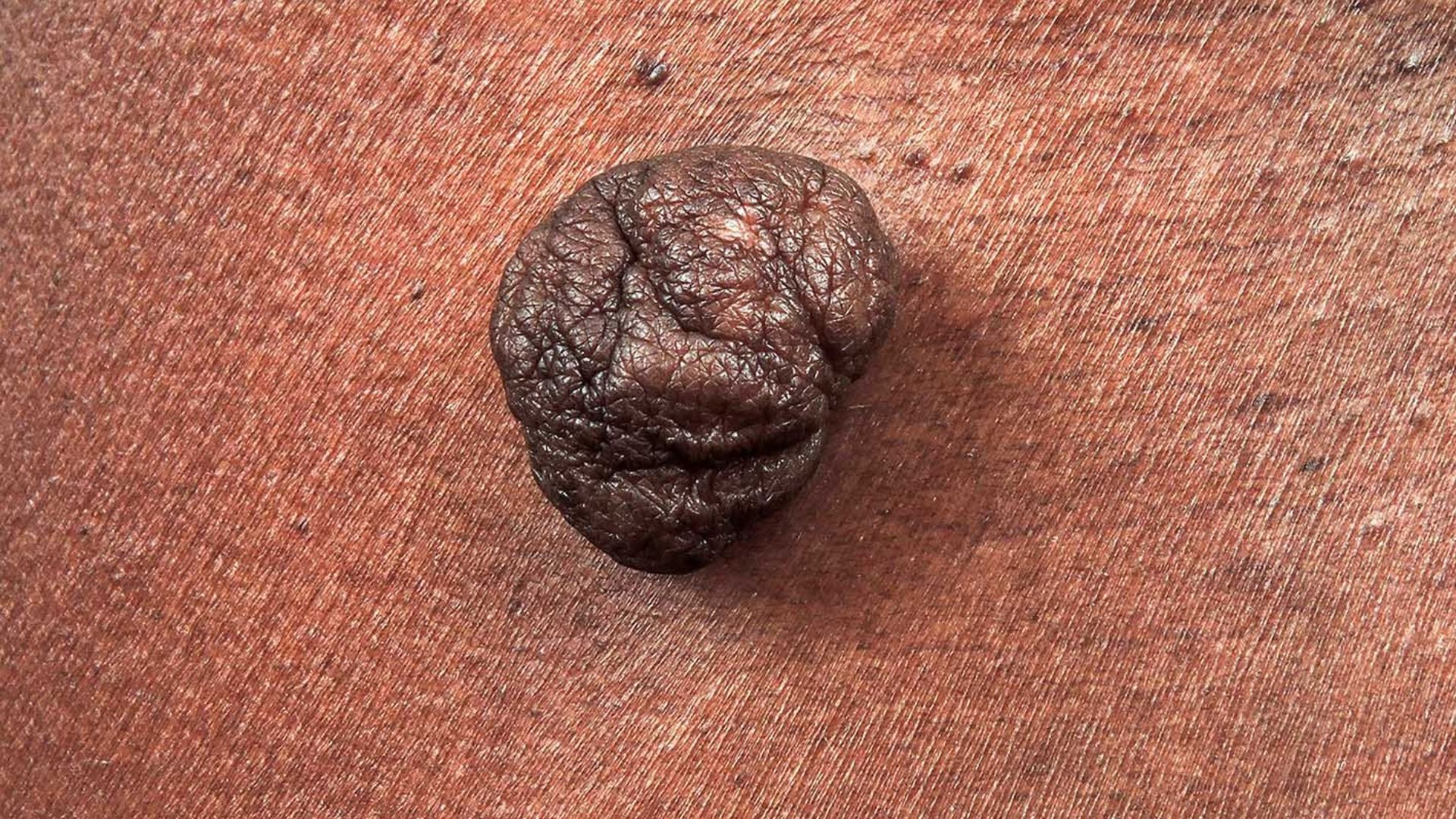
Skin tags are overgrowths skin that commonly appear on areas such as the neck, armpits, eyelids, groin, or under the breasts. They can be skin coloured, pigmented and pink. Most are soft and “jelly like”, some can be firm.
Skin tags are benign (harmless) but may cause irritation, discomfort, or cosmetic (aesthetic) upset.
It is becoming increasingly difficult to have skin tags removed on the NHS.
Skin tags are removed, by their base, under local anaesthetic. Typically the healing wounds are very small and heal by themselves but larger lesions may require sutures.
Occasionally, the lesion looks suspicious or the clinical diagnosis is not a skin tag. In these circumstances, sending the specimen to histology is required.
Full aftercare information will be discussed and given in writing.
Healing time is between 7-12 days depending on site and size of the lesion.
The local anaesthetic administration stings a bit but after that the procedure is painless.
No, patients can self-refer for private skin tag removal at Interface Clinic.
While some people attempt home removal, it is not recommended due to the risk of infection, irritation, or incomplete removal. Professional removal is safer and more effective.
Once a skin tag is removed, it will not grow back. However, most people with skin tags have the tendency to make new skin tags and these may develop over time.